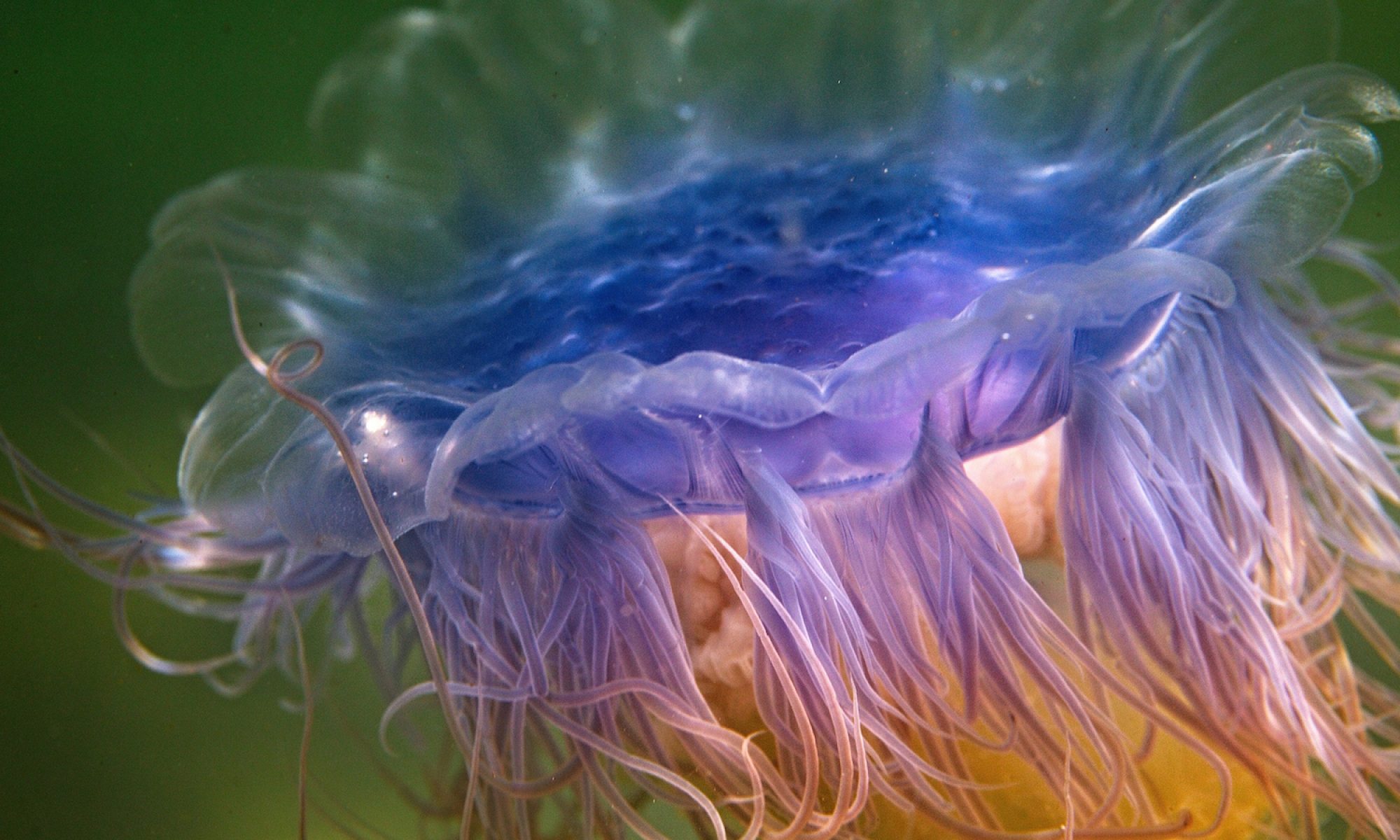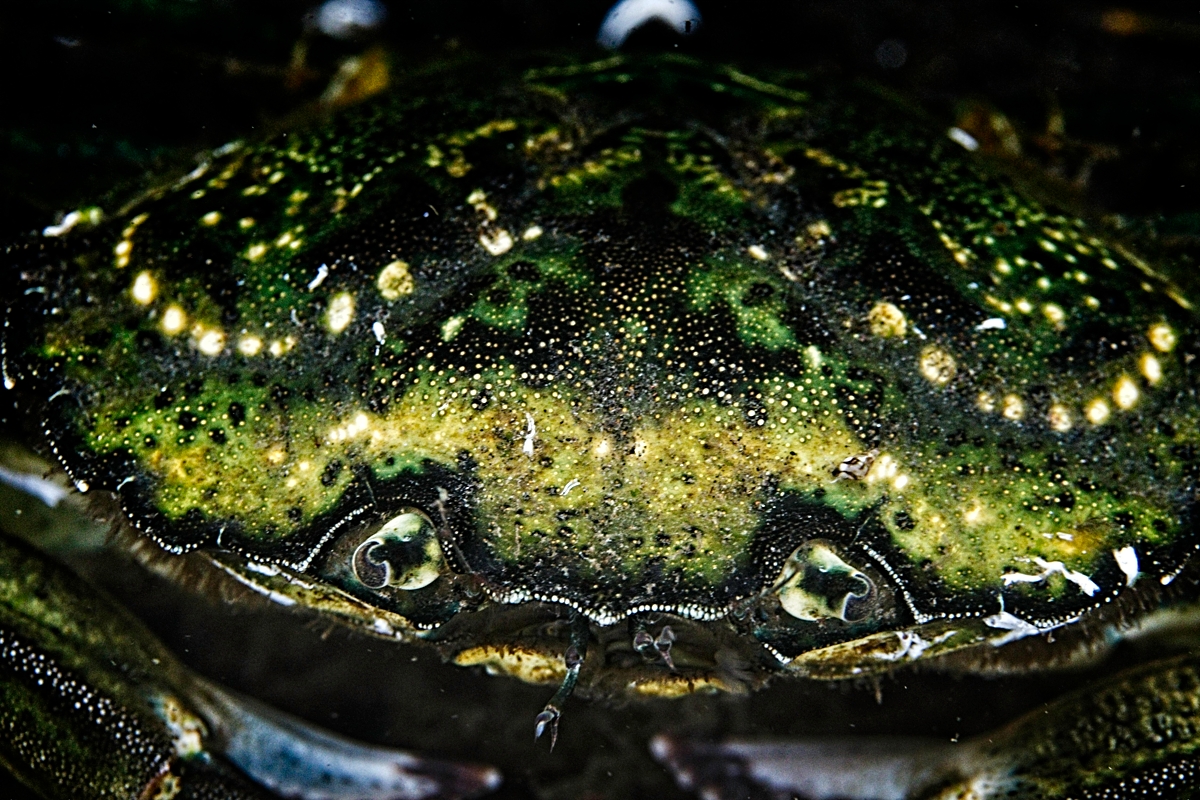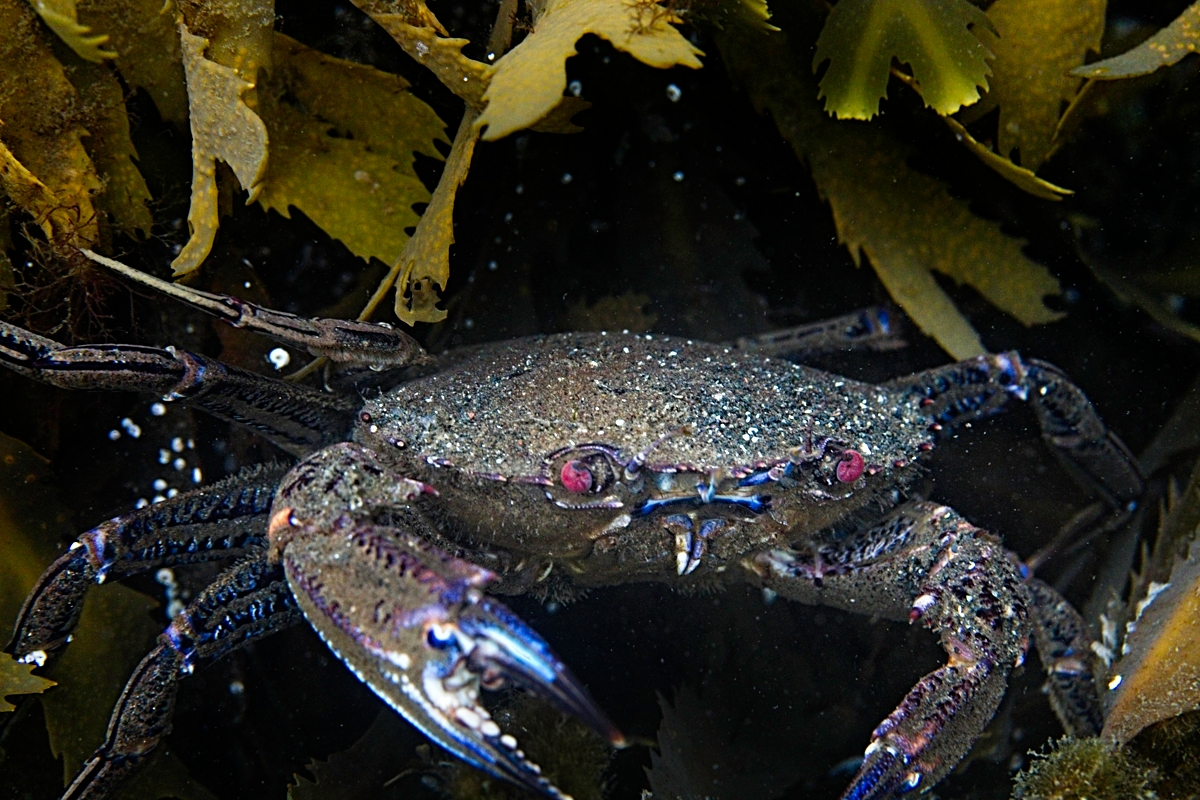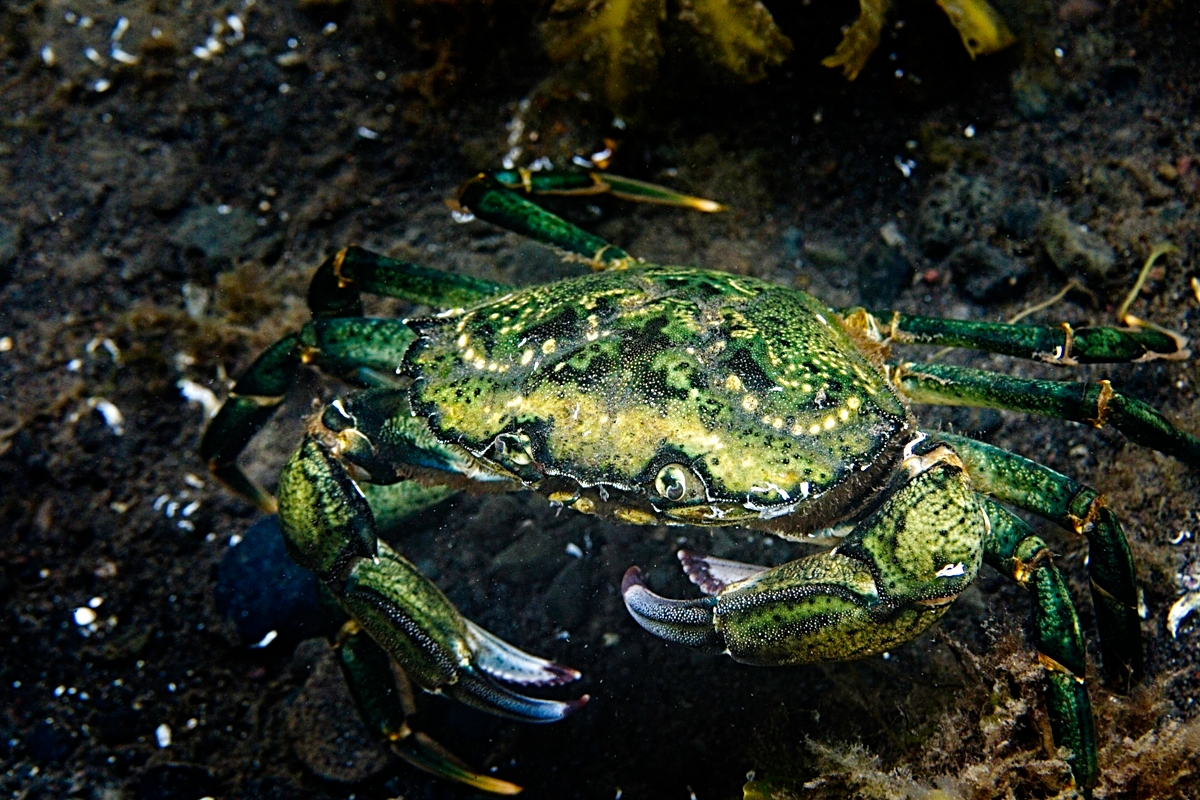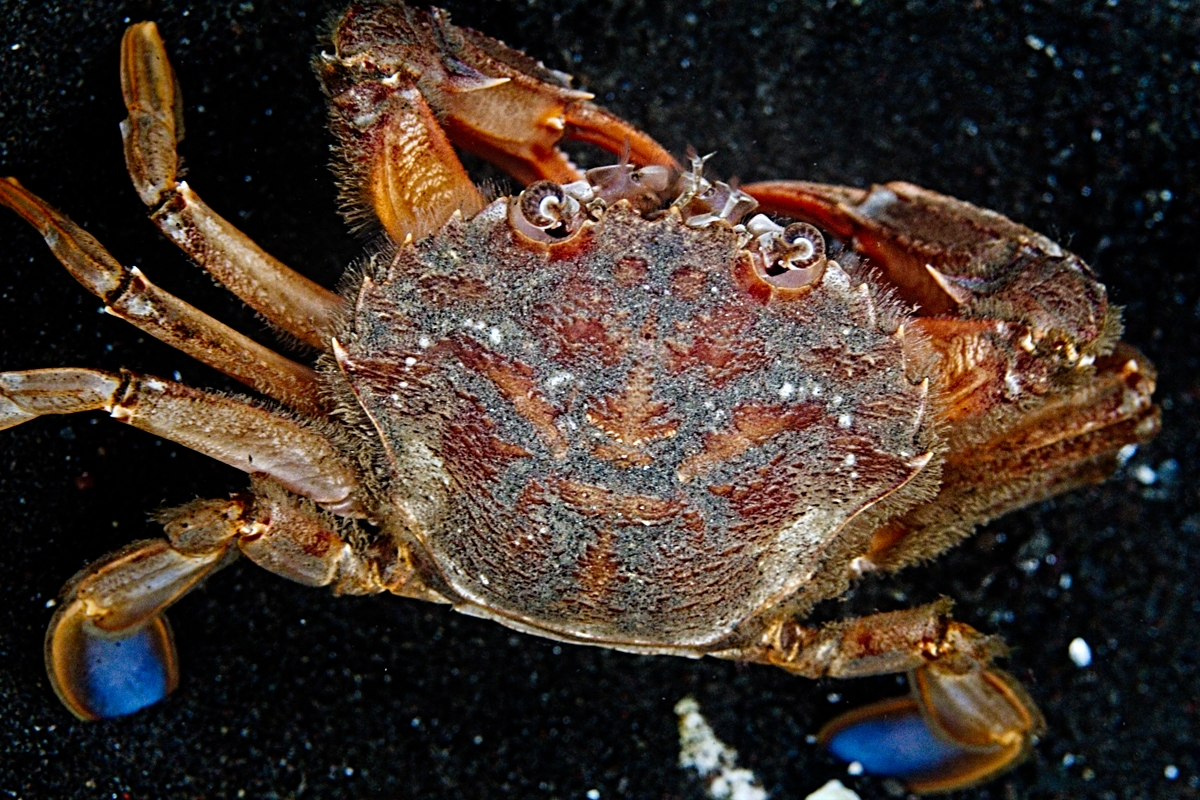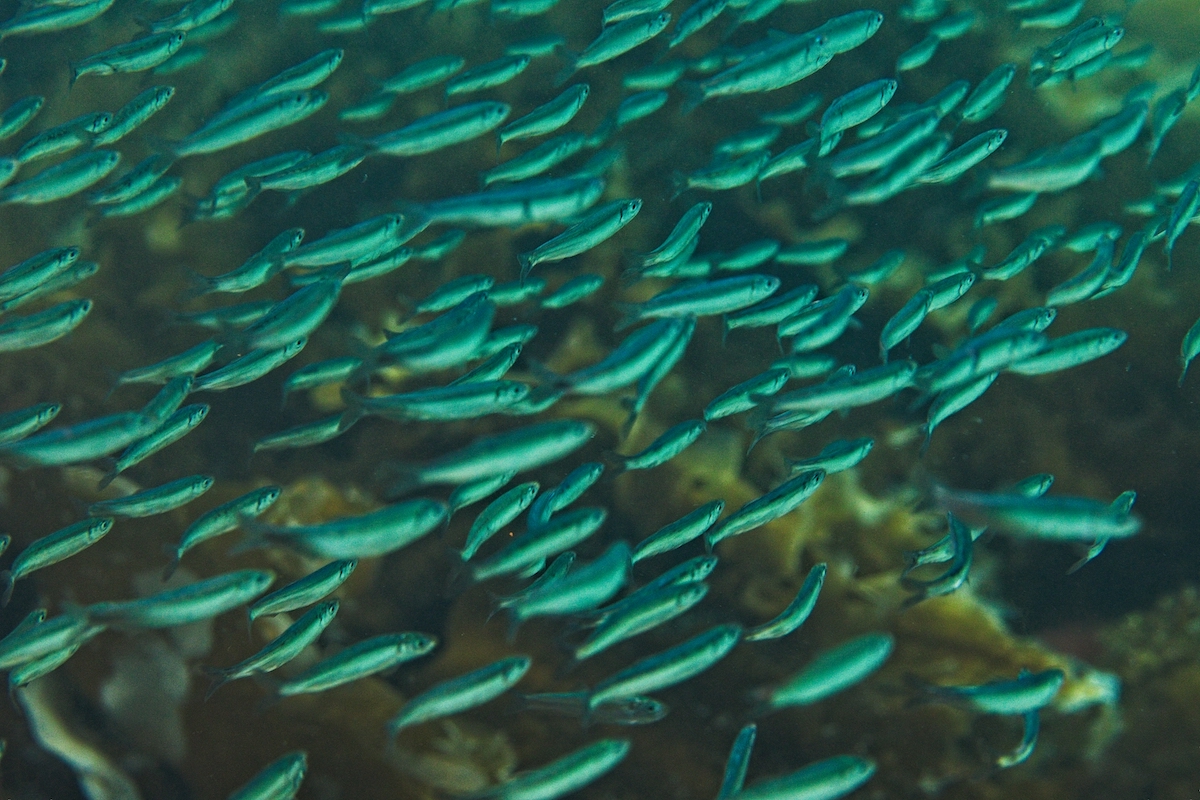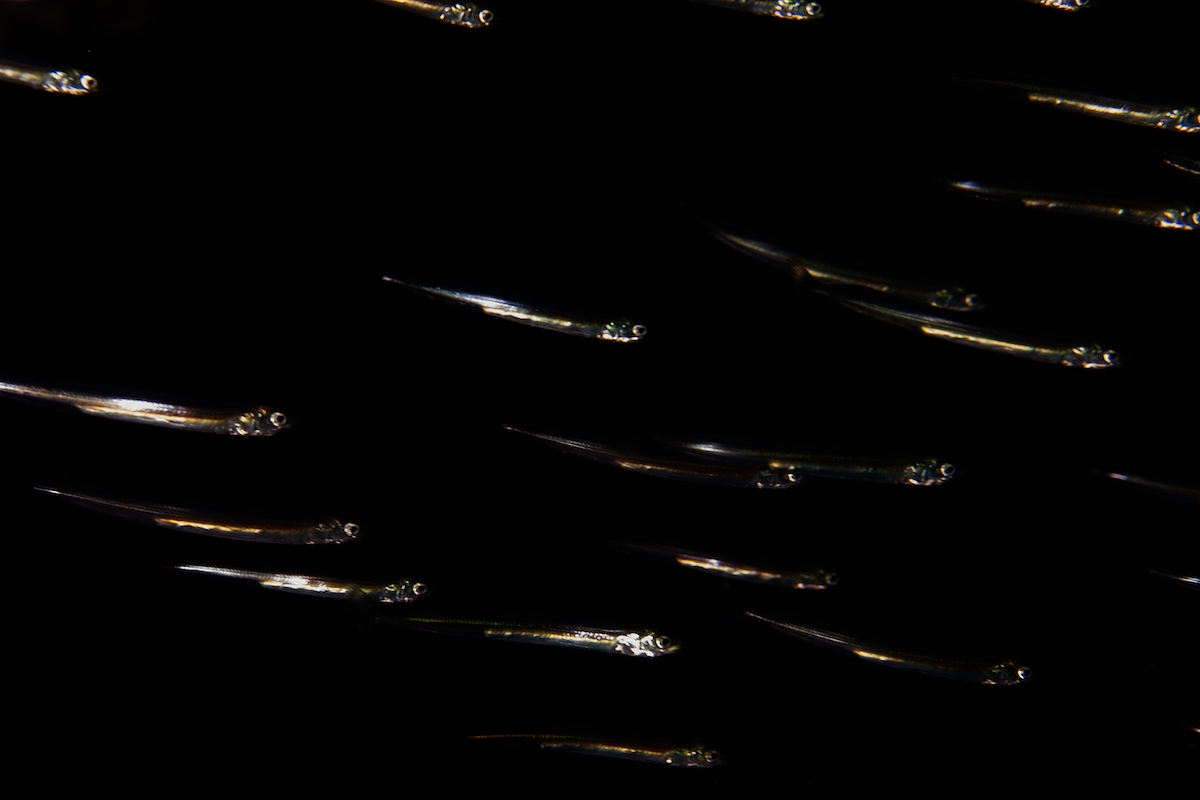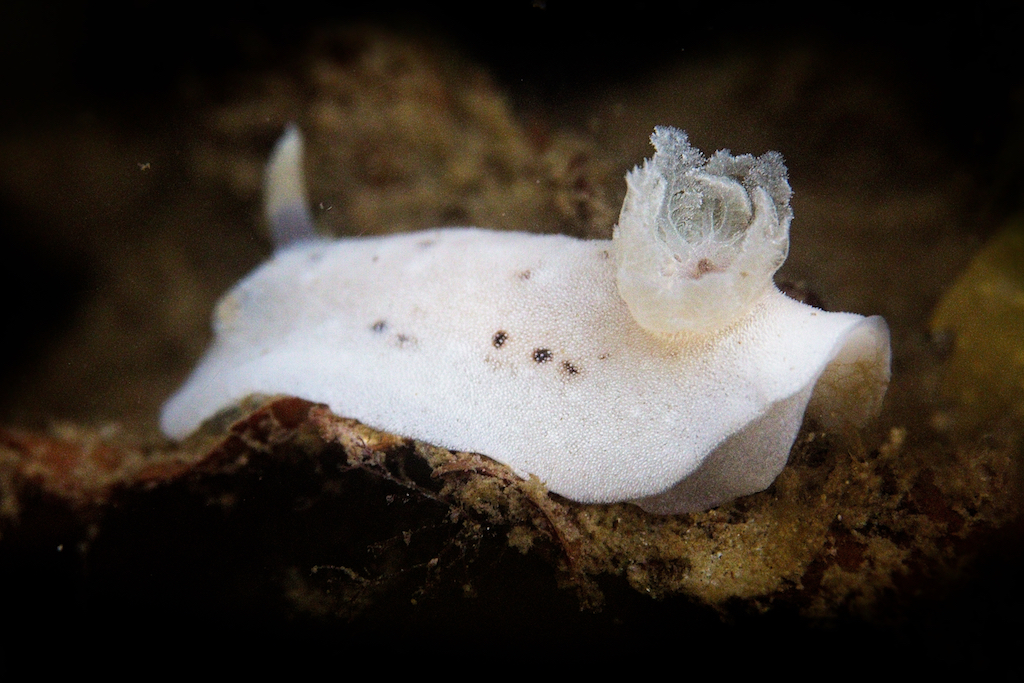Nestling to the South of Ben Tianavaig lies Camastianaviag which sits on the Sound of Raasay. It is a small crofting township with a stone covered bay that looks across to Raasay. White Tail eagles, otters, dolphins and seals can regularly be viewed above the surface, but what about below?
Our first visit to this new location was dominated by images of crabs, some of which we have reproduced below. We will be adding both the locations and some of the images to our gallery very soon.
